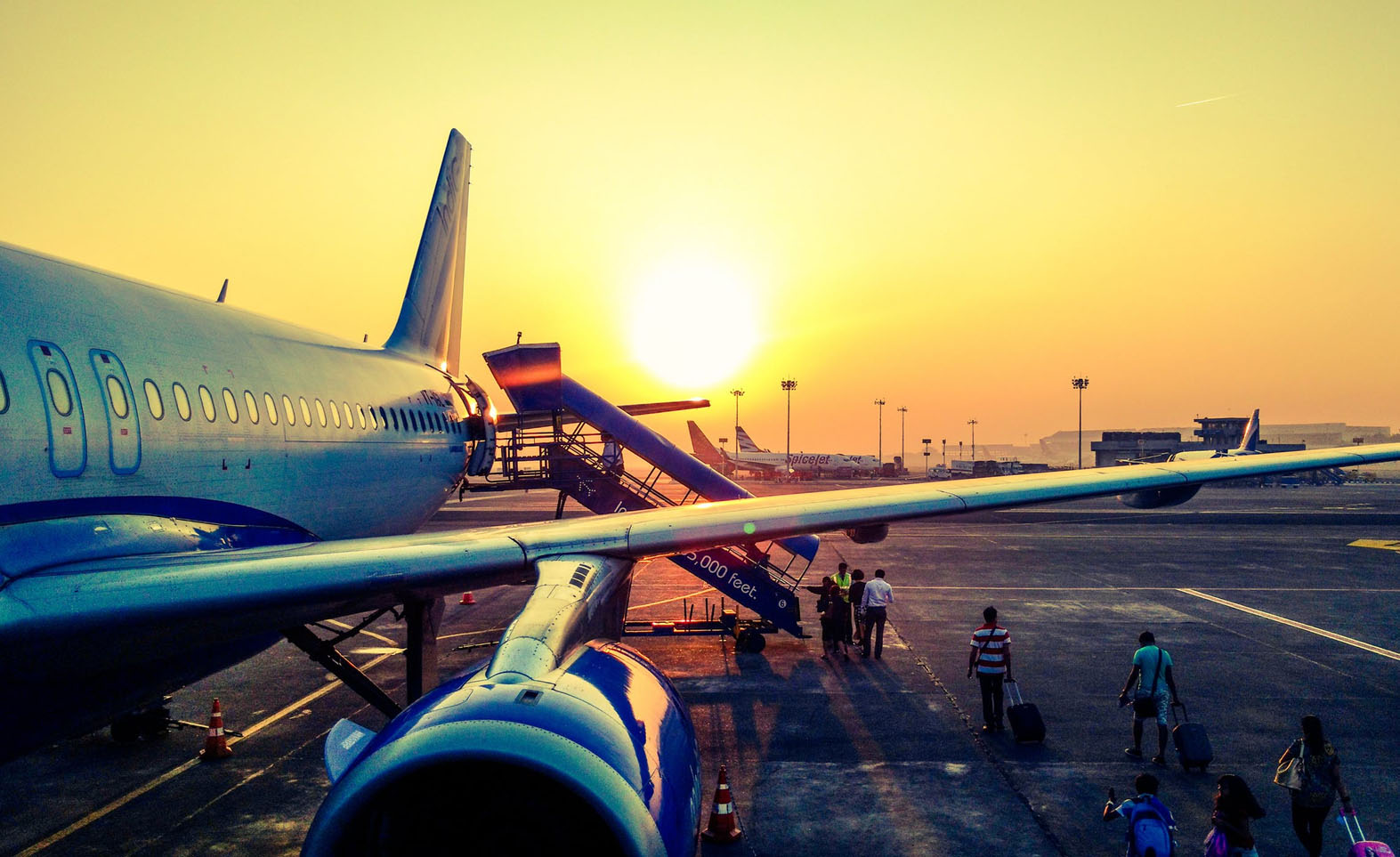
November 8, 2023
The objective is to position airports like Delhi as competitive transit hubs comparable to global hubs
Hub airports serve as central points that consolidate passenger demand from a broader area and offer numerous direct flights to major global cities
As Air India and IndiGo are seeking to capture more international traffic, the government is exploring the formulation of this policy
In the case of Delhi Airport, which currently comprises three terminals, there are plans to connect them through a train system

India is formulating a national policy to transform its airports into major international hubs, providing seamless global connectivity to South Asia.
This policy, pending cabinet approval, aims to establish regulations to streamline security and immigration procedures at airports, allocate international flight rights, and develop the necessary infrastructure.
The objective is to position airports like Delhi as competitive transit hubs, comparable to global hubs such as Dubai and Singapore’s Changi Airport, according to individuals involved in shaping the policy.
Hub airports are central points that consolidate passenger demand from a broader area and offer numerous direct flights to major global cities. In FY20, many Indian travellers heading to Europe and North America opted to travel through hubs like Dubai, Abu Dhabi, and Doha on foreign carriers. This presented a considerable revenue loss for Indian airlines and airports, hindering the growth of long-haul international air traffic.
A government official mentioned that as Air India and IndiGo seek to capture more international traffic, the government is exploring formulating this policy. The aim is to create a unified policy that facilitates collaboration between various ministries and establishes consistent rules.
The official further noted that reforms related to security and immigration are under the jurisdiction of the Ministry of Home Affairs, while international flight rights fall under the domain of external affairs. The National Infrastructure Pipeline will govern infrastructure development. Hence, there is a need for a unified framework.
In the case of Delhi Airport, which currently comprises three terminals, there are plans to connect them through a train system, eliminating the need for passengers to exit the airport and take a bus between terminals.
Experts highlighted its strategic location as a potential major transit hub in the corridor between North America and Europe to South East Asia, East Africa, and North East Asia. However, stiff competition from other airports has hindered its growth in this regard.
Building a thriving hub requires coordination among airlines, airports, and government policies. Jaipuriar emphasised that the ongoing efforts are aimed at securing the rightful position of the airport and ensuring that airlines benefit financially by offering direct flights. One step in this direction involves harmonising airport slots to enable IndiGo and Air India to align their domestic and international networks for seamless passenger connections with minimal time between flights.
Source: Economic Times